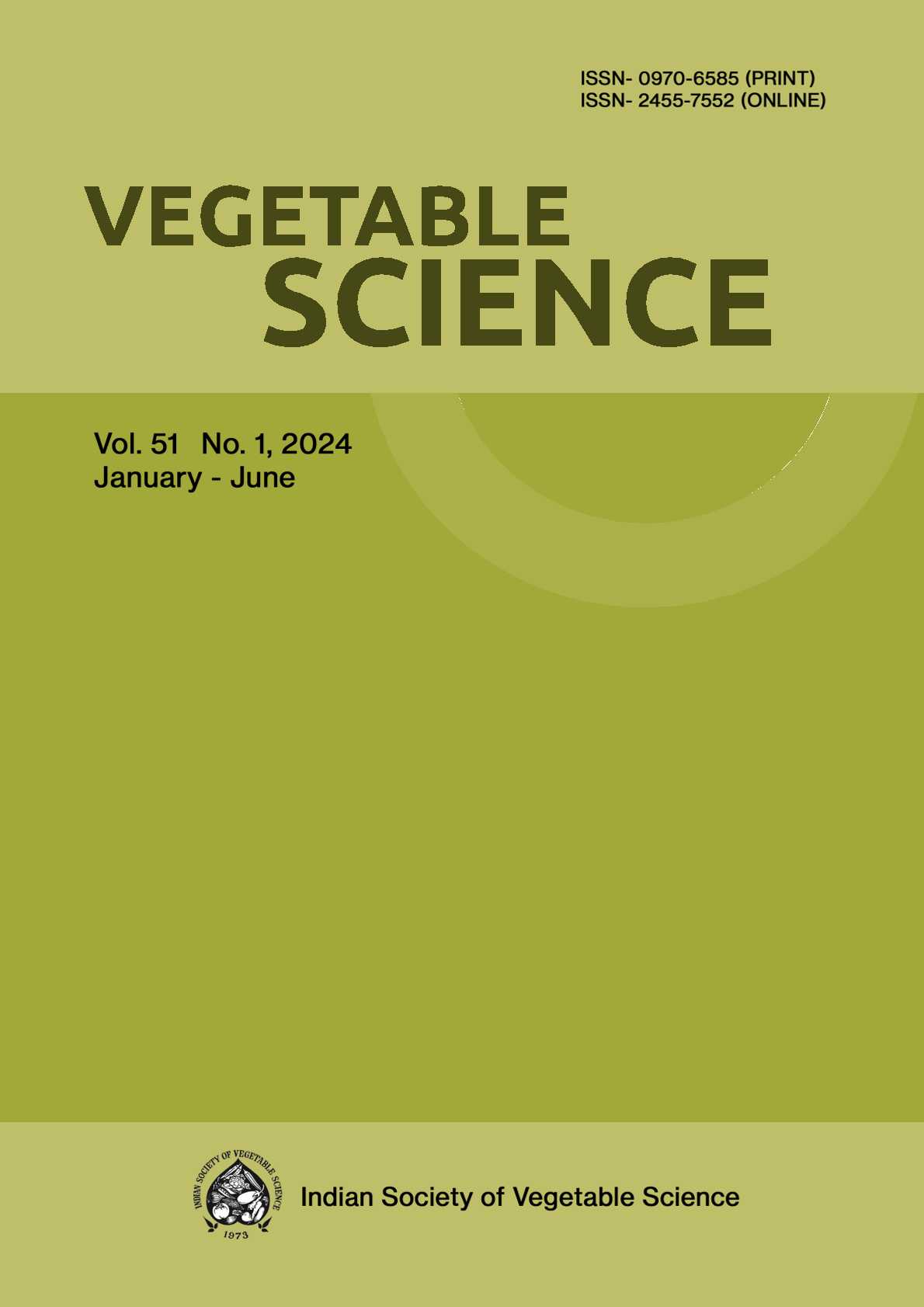Vegetable grafting: A case study
DOI:
https://doi.org/10.61180/Abstract
Grafting of vegetables began in the 1920, in Japan and Korea, using wilt resistant rootstock bottle gourd (Lagenaria siceraria) to graft watermelon (Citrullus lanatus). Since then tremendous work has been done in the field of vegetable grafting, this process is now common in Asia, parts of Europe and Middle East. In Japan and Korea most of the cucurbits and tomatoes grown are grafted. In the central part of India, states like Chhattisgarh, wilt and nematode are major problems for cultivation of Solanaceous crops like tomato (Solanum lycopersicum), brinjal (Solanum melongena), etc.
Downloads
Published
Issue
Section
License

This work is licensed under a Creative Commons Attribution-NonCommercial-NoDerivatives 4.0 International License.






